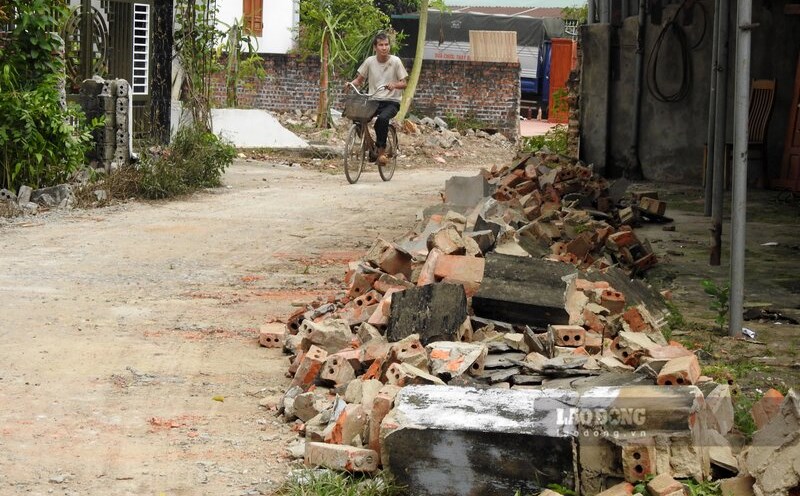Cash flow in residential areas increases sharply
According to statistics for the first 7 months of 2025 from the State Bank, it shows the clear excitement of cash flow in residential areas, surpassing the enterprise sector.
Specifically, as of the end of July, residents' deposits at credit institutions reached VND7.75 trillion, an increase of 9.68% compared to the end of 2024.
Meanwhile, deposits of economic institutions (enterprises) increased by only 4.04% in the same period, reaching VND7.98 trillion. This means that the deposit growth rate of residential areas is 2.4 times higher than that of enterprise areas.
An important point to note is that the balance of residential deposits does not only include savings and real accumulation of people. It also reflects cash flow from new loans. When a personal loan is disbursed, the money will be transferred to a payment account, thereby increasing the total deposit balance in the system.
Mr. Nguyen Quang Huy - CEO of the Faculty of Finance - Banking, Nguyen Trai University - said: "deposits in the banking system include many components: pipeline for payment, disbursed loans but not used immediately, deposits with strategic terms to lock interest... Even CASA - non-term deposits - can increase sharply when people proactively wait for investment opportunities".
The growth rate of 9.68% shows that the cash flow into residential areas is very strong, possibly coming from both sources: People are actively depositing money and are also having increased access to loans.
This difference also shows a contrasting picture for the business sector. The 4.04% increase may imply that businesses are more cautious, or cash flow is being rapidly rotated for production and business activities, salary payments and debt repayment, instead of staying in their accounts. In total, the total payment method for the whole economy reached approximately 19.5 million billion VND, an increase of 8.75% compared to the end of 2024.
Regarding the habit of using cash, the proportion of cash on total payment methods increased dramatically in January 2025, coinciding with the Lunar New Year, but has quickly stabilized and remained stable around 9.5% - 9.7% over the past few months.
In the lending direction, credit capital continues to be pushed into the economy. According to the latest information, as of September 29, 2025, the total outstanding credit balance of the whole system reached VND 17.41 trillion. This figure has increased by 13.4% compared to the end of 2024.
Detailed data by industry as of the end of August also showed a growth trend. Total outstanding debt at this time is about 17.46 million billion VND.
In particular, the "Other service activities" industry group led in growth rate (up 17.67%), with a balance of nearly VND7.43 trillion. The "Traffic and Telecommunications" group also grew rapidly, at 15.21%.
Other major industries such as "Industry and Construction" have outstanding loans of nearly VND4.18 million billion (up 7.85%) and "agriculture, forestry and fishery" have outstanding loans of more than VND1.08 million billion (up 5.93%).
The deposit interest rate table shows a very clear differentiation in the market
According to Lao Dong, at the end of last week on October 17, deposit interest rates on the market had a clear differentiation. The group of large state-owned banks (Big 4) including Agribank, BIDV, Vietinbank, Vietcombank (along with SCB) is maintaining a very low interest rate level. Typically, Vietcombank, 12-month interest rate is only 4.6%/year. This shows that this group of banks is very rich in liquidity and is not under pressure to raise capital.
On the other side are private joint stock commercial banks in a fierce mobilization race, forced to push interest rates significantly higher to attract cash flow.
The highest interest rates are appearing for 12-18 month terms. Notably, Vikki Bank is listing the highest rate in the market at 6.2%/year for a term of 12 and 18 months. HDBank also attracted attention with a rate of 6.1%/year for an 18-month term.
This large difference shows that liquidity is not allocated evenly. While the "big guys" have abundant capital, smaller banks have to accept higher capital costs to ensure a stable source of deposits, serving lending needs.









